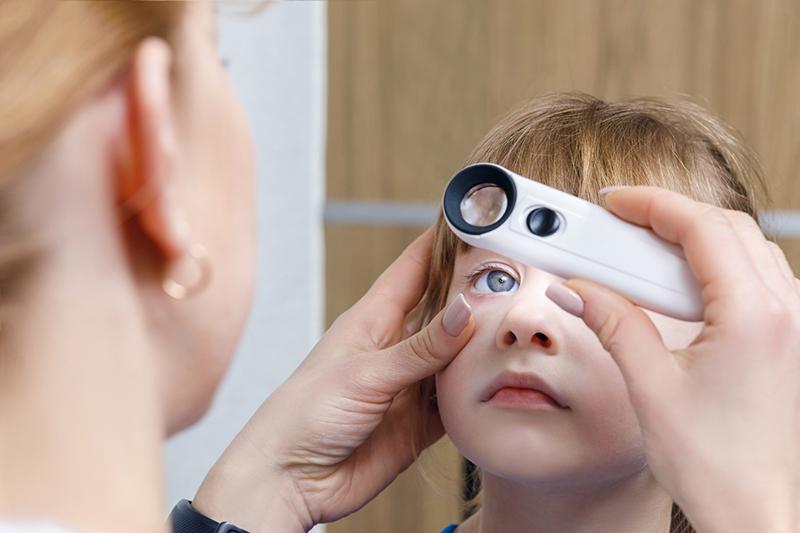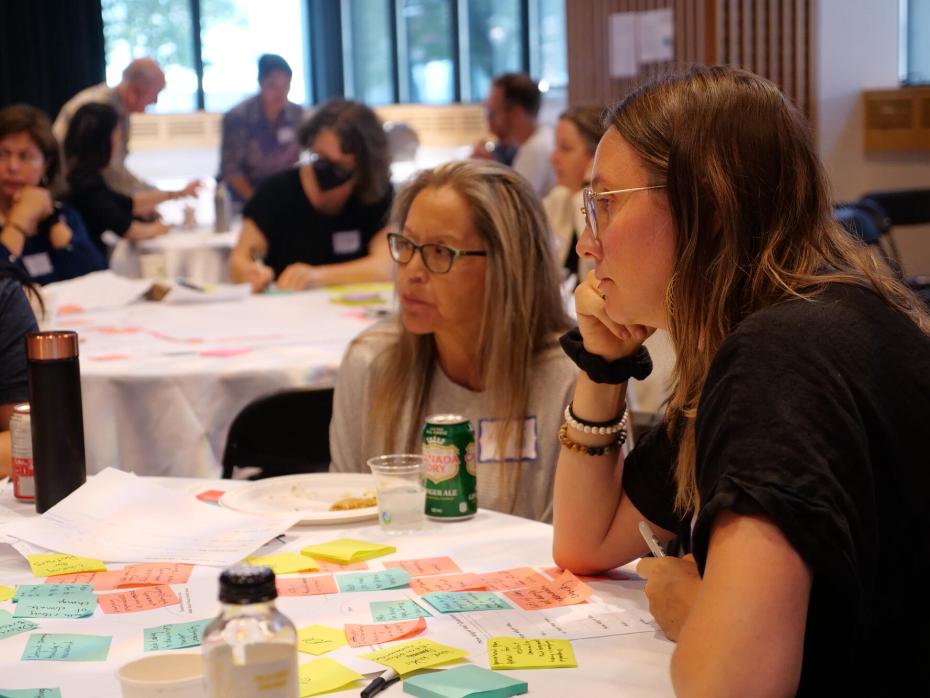Universities are anchor institutions within communities, holding potential to drive positive social change. So, how can we translate academic expertise into impactful local projects? The key is building authentic, cross-sector partnerships.
Our experience with the Villa Vision initiative, a collaboration between Aston Villa Foundation (which delivers the community and charity work of Aston Villa Football Club), Aston University and eye-care company EssilorLuxottica, offers a blueprint. The project, which has delivered eye-health education and care to 5,000 children in Birmingham, demonstrates how universities can co-create solutions with community partners to address local needs.
- A community-university partnership is a relationship, not an affair
- Four ways universities can enhance their community impact
- How service learning can help students create a positive change in the community
A transformational idea and a committed team
Every great project begins with an inspiring idea. For us, it was the head of foundation and community at Aston Villa Foundation who approached Aston University with a concept for engaging schools in children’s eye healthcare.
You then need a committed core team from each partner organisation to drive it forward while navigating complexities and maintaining momentum. Our team included representatives from the foundation and Aston’s optometry and psychology departments. This blend of community access and academic rigour became the engine of the project.
Top tip: Identify a problem in the community that your university is equipped to address. Seek out a non-academic partner who is embedded locally and shares your vision. Form a small, dedicated working group with partner representatives to turn the abstract idea into a concrete plan.
Start smaller grants and community consultation
New initiatives require resources. While passion is vital, funding provides dedicated time to execute plans. We began with a grant from UKRI’s Enhancing Place-Based Partnerships in Public Engagement programme. This seed funding allowed exploratory work with community members through a series of listening events, which gathered their perceptions and experiences of eye healthcare. This critical, yet often overlooked, first step builds trust and ensures your project is genuinely community-led.
Top tip: Look for scoping or partnership-development grants. These smaller funds are perfect for financing the foundational work of community consultation. Frame your proposal around co-design and listening, demonstrating a commitment to understanding community needs before proposing solutions.
Let community and research needs guide project design
Successful projects should be built on two pillars: robust evidence and genuine community input. Our optometry research highlighted a clear need. We knew that 15 per cent of children fail school eye screenings, one-third don’t follow up on assessments, and those from disadvantaged areas are less likely to receive follow-up care. Furthermore, untreated vision problems are likely to lead to further support needs.
However, the data only told half the story. Our listening events revealed the human side of the problem; practical barriers included clinic opening hours, language barriers and emotional challenges, such as the perceived stigma of wearing glasses. Furthermore, community members did not fully understand the role that optometrists have in eye health beyond correcting vision nor have awareness of support schemes available to them. This qualitative insight was invaluable. The fusion of research evidence and community feedback shaped Villa Vision into an engaging, mobile eye-health programme that directly tackles the barriers families face.
Top tip: Combine your academic research with direct community consultation. Don’t assume you know the answers. Use focus groups, surveys and town-hall-style events to understand community lived experiences. This approach ensures your project is not just evidence-based but relevant and accessible.
Build in evaluation from the start
To ensure longevity and secure future funding, you need to evidence your impact. The Aston Villa Foundation was keen to integrate evaluation into Villa Vision early on and so brought in an Aston University health psychology expert. With support from financial services company Wesleyan, we conducted a formal evaluation to measure the project’s impact on children, parents and teachers.
This evidence was instrumental for the foundation in securing continued Premier League and Professional Footballers’ Association funding. It propelled Villa Vision from a good idea into a transformational solution. Since then, Aston Villa Foundation and Aston University have extended their collaboration with UKRI Innovate funding for a knowledge transfer partnership to create a rigorous impact-evaluation toolkit covering the foundation’s entire portfolio of community projects, embedding a culture of continuous improvement, while demonstrating value.
Top tip: Include an evaluation specialist on your team from day one. Define your objectives and key performance indicators before you launch. This allows you to gather baseline data and measure progress transparently, making a powerful case to funders and stakeholders.
Communication is the foundation
Ultimately, a partnership’s success hinges on communication. Our team members come from different professional worlds with distinct terminologies, priorities and practices. By fostering mutual respect and actively listening to each other’s perspectives, we navigate challenges and innovate together.
Building a powerful university-community partnership requires a shared vision, dedicated resources, deep commitment to listening, and a rigorous approach to evaluation. By following these steps, higher education institutions can move beyond their campus walls and become true partners in creating healthier, more equitable communities.
Key to delivering the partnership were Guy Rippon, head of foundation and community partnerships, Aston Villa FC; Nikhil Sonpal, optometrist and Villa Vision project manager; Leon Davies, professor of optometry and physiological optics, Aston University; Ashok Chowdhury, senior teaching fellow, Aston University; and Rachel Shaw, professor of psychology, Aston University.
Leon Davies is professor of optometry and physiological optics, and Rachel Shaw is professor of psychology and health psychologist in the Institute of Health and Neurodiversity, both at Aston University, UK. Guy Rippon is head of foundation and community partnerships at Aston Villa FC.
Villa Vision won the Outstanding Contribution to the Local Community in the Times Higher Education Awards 2025. The full list of nominees can be found here.
If you would like advice and insight from academics and university staff delivered direct to your inbox each week, sign up for the Campus newsletter.




comment